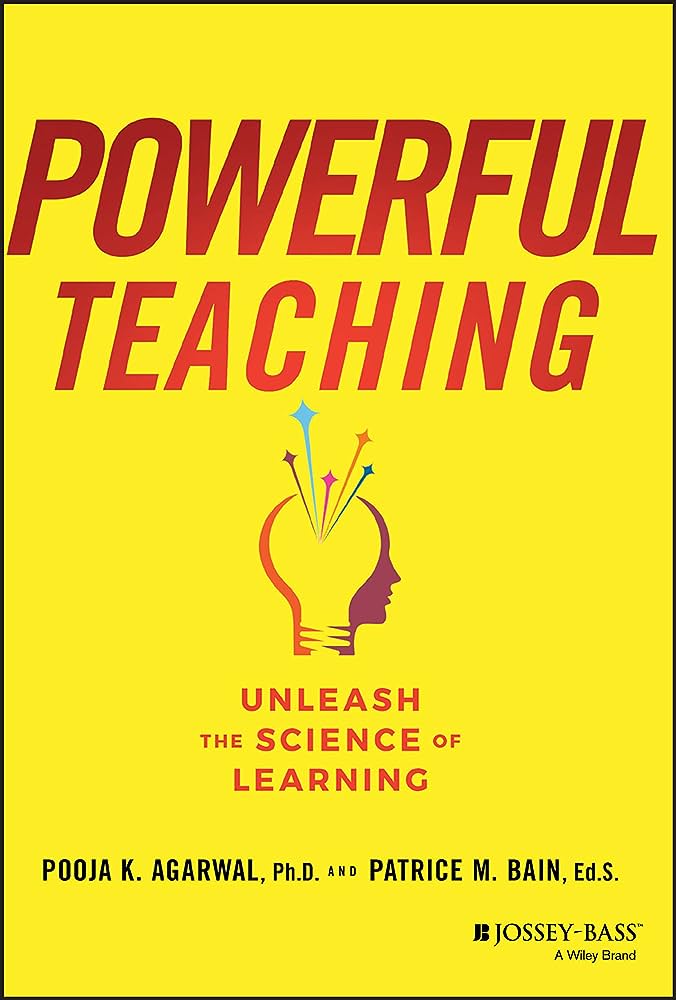Interleaved practice is an evidence-based learning technique that involves mixing distinct yet related skills, topics, or problem types within a single study session instead of focusing on one skillA word or short phrase that communicates discrete, discernable value that an individual can acquire or demonstrate. A skill describes the foundational applied capabilities and/or behaviors of an individual for a given task, occupation, or need. A skills report is generated by skills architect. Skills are then analyzed and grouped by category by S.A. and the EPD. More at a time. This method promotes better retention and transfer of knowledge, as it challenges the brain to recognize and apply appropriate strategies to solve diverse problems.

This book emphasizes the importance of retrieval practice, spaced practice, interleaving, feedback-driven metacognition, and elaboration in promoting deep and lasting learning.
